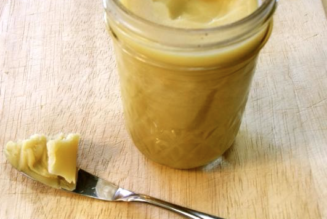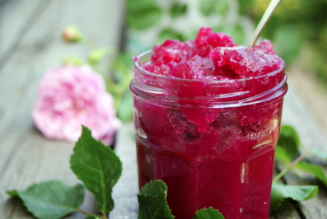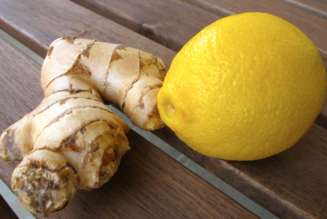Health Benefits Of Lemongrass
Lemongrass or Bhutrna, which literally means “earth grass”, is an aromatic and flavorful herb which brings excitement and delight to many recipes worldwide. It is a stiff, sharp bladed perennial which is native to India but has made its way to south eastern Asia, where its popularity is second to none. Its usage in recipes is extensive, and can be consumed dried, fresh or powdered in teas, soups and a variety of dishes. Although it adds a unique citrusy flavor to numerous cuisines, it is nonetheless revered for its medicinal properties.
Herbal Di-Gest
Supports improved digestion and balanced appetite; helps with gas, bloating, and discomfort.
Lemongrass: Grow Harvest & Preserve EZ method
Properties
Lemongrass is a light dry and penetrating herb. It has a bitter pungent and sour taste with a cooling effect in the body. Its post digestive effect is pungent and it has a particular affinity for the respiratory, digestive, and water channels in the body.
Some indications, amongst others, include:
- Abdominal Cramping
- Bloating
- Gas
- colic
- Asthma
- Fevers
- Arthritic inflammation
- Joint pain
- Dysmenorrhea
- Low breast milk production
There are no known contraindications, however since Lemongrass is essentially quite cooling, its use should be monitored in excess kapha conditions. As an essential oil lemongrass has excellent circulatory stimulant effects. Always seek a physician’s advice before undertaking herbal supplementation.
Aci-Balance
To help maintain proper stomach balance; soothes occasional acid indigestion and heartburn; helps with occasional flatulence and sour belching.
Usage
There are many combination compounds that involve Lemongrass to address certain conditions. Some being:
- Lemongrass and Fennel, coriander and mint for gas, bloating and proper digestion
- Lemongrass with Vasa and pippali for respiratory issues
- Lemongrass and Ajwain, ginger and turmeric for menstrual pain
- Lemongrass with tulsi and cinnamon for fevers
Lemongrass Vegetable Stir-Fry
A great way to experience the taste and energetic effects of lemongrass is in food! This stir fry is a healthy and delicious recipe guaranteed to make your taste buds sing!
Ingredients
- 1 cup uncooked brown or white rice
- 2 cups water
- 1 bay leaf
- salt & ground black pepper to taste
- ½ cup vegetable broth divided
- 2 stalks lemon grass, outer leaves removed, yellow stalk trimmed and minced
- 2 shallots minced
- 1 tablespoon ginger, minced
- 2 garlic cloves, chopped
- 1 teaspoon Thai or Vietnamese chili paste
- 2 tablespoons fresh lime juice
- 1 tablespoon maple syrup
- 4 tablespoons low-fat coconut milk
- 2 teaspoons low-sodium soy or Tamari sauce
- 12 mushrooms, stemmed and sliced
- 2 carrots, sliced or grated
- 1 celery rib, sliced
- ½ cup scallions, sliced
- ½ cup broccoli florets, chopped into bite-sized pieces
Steps
1. In a saucepan, combine the rice, water and bay leaf and bring to a boil over high heat. Reduce the heat and simmer, covered, for about 30 minutes, or until the liquid is absorbed. Keeping a close eye so it doesn’t stick. Remove from heat covered. Remove Bay leaf and set aside.
2. In a small bowl, combine the lemon grass, shallots, ginger, garlic, chili paste and lime juice. Set aside.
3. In another bowl, whisk together the coconut milk, ¼ cup of the vegetable broth, maple syrup and soy sauce. Set aside.
4. In a large sauté pan or wok, heat ¼ cup of vegetable broth over medium heat. Add the lemon grass mixture and stir-fry for about a minute. Add the mushrooms, carrots, celery, scallions, and broccoli and stir-fry for another minute. Reduce the heat to medium low and add the coconut milk mixture. Cook for 5 minutes or longer or until the vegetables are tender but still crisp.
5. Serve spooned over the rice.
6. Enjoy!
- As a variation, tofu, shrimp, other meats or vegetables can be substituted as desired. Noodles or quinoa can also be used instead of rice.
References
- Lad, V. (1999). The complete book of Ayurvedic home remedies. New York: Three Rivers Press.
- Sharma, H. (2011). Ayurvedic Healing. Singing Dragon
- Lad, V. (2002). Textbook of Ayurveda. Albuquerque, N.M.: Ayurvedic Press.
- Lad, V., & Frawley, D. (1986). The yoga of herbs: An Ayurvedic guide to herbal medicine. Santa Fe, N.M.: Lotus Press.
- Pole, S. (2013). Ayurvedic medicine the principles of traditional practice. London: Singing Dragon.
- Green, J. (2000). The herbal medicine-makers’ handbook a home manual. Berkeley, Calif.: The Crossing Press.
- Lad, V. (2012). Ayurvedic perspectives on selected pathologies: An anthology of essential reading from ayurveda today (2nd ed.). Albuquerque, NM: Ayurvedic Press.
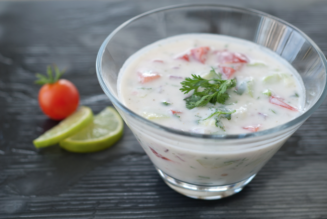

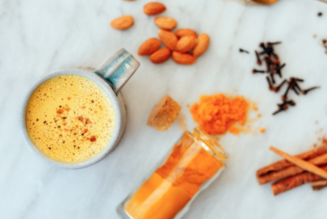
![Female Health: Amenorrhea [cessation of menses] – An Ayurvedic Perspective](https://healthyayurveda.com/wp-content/uploads/2015/07/1.-Amenorhea--327x219.png)

